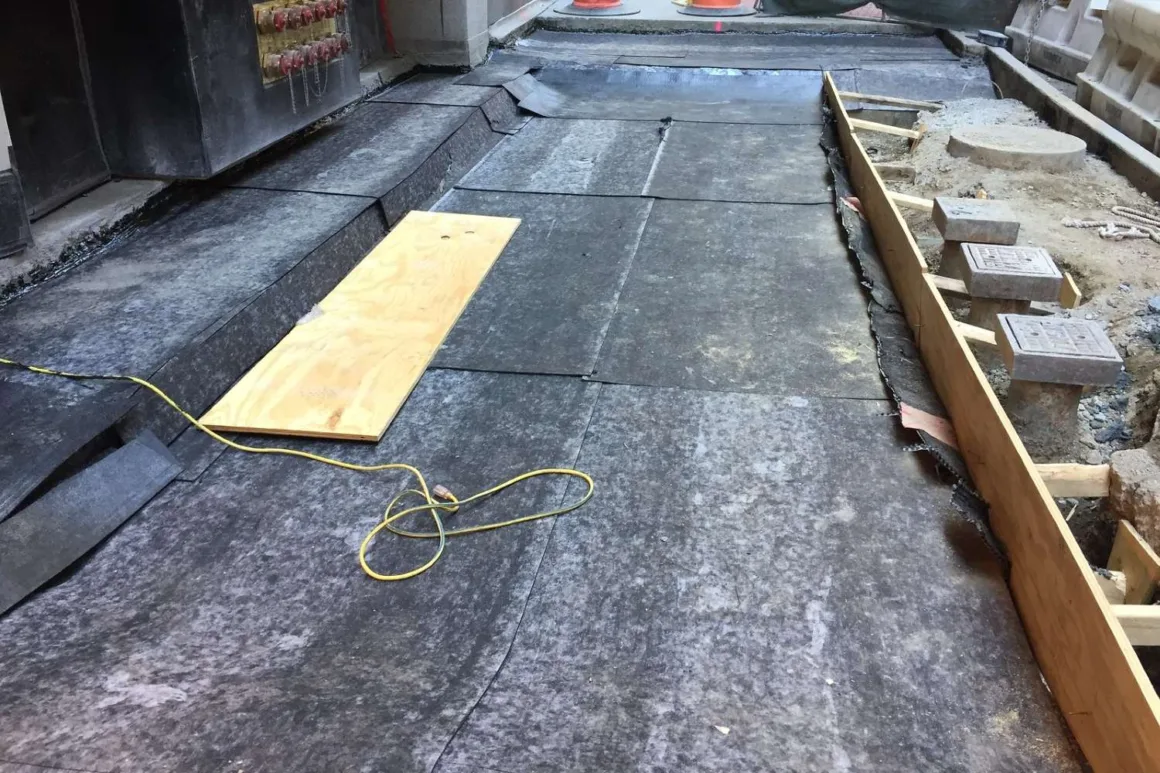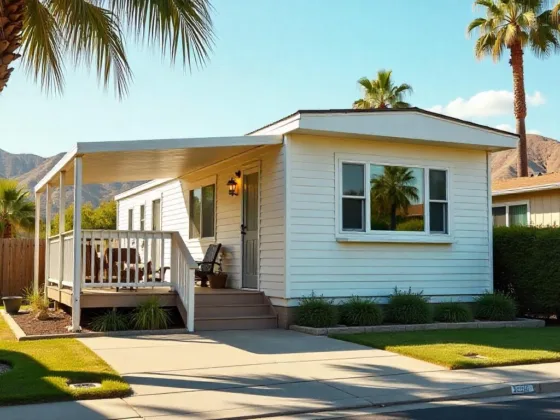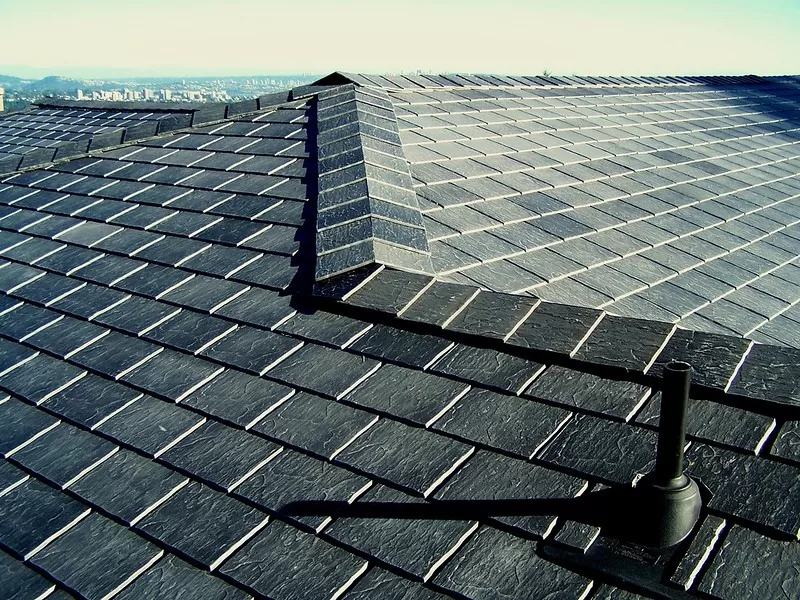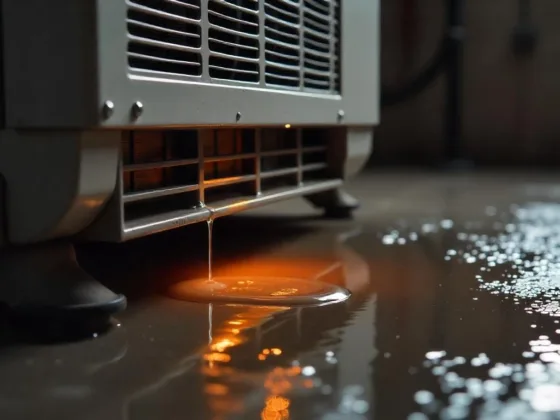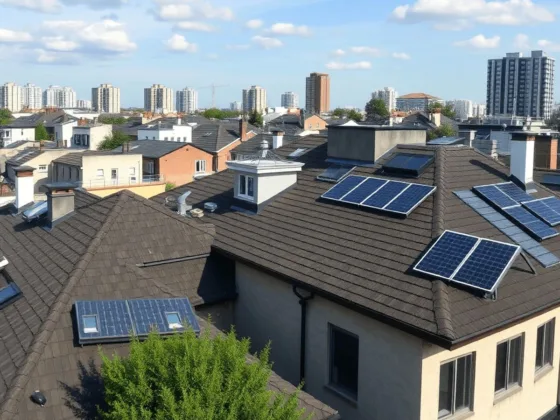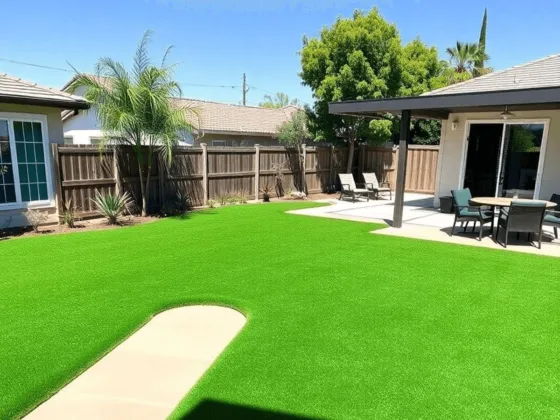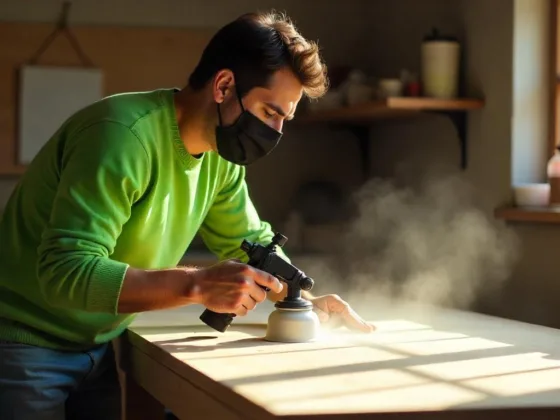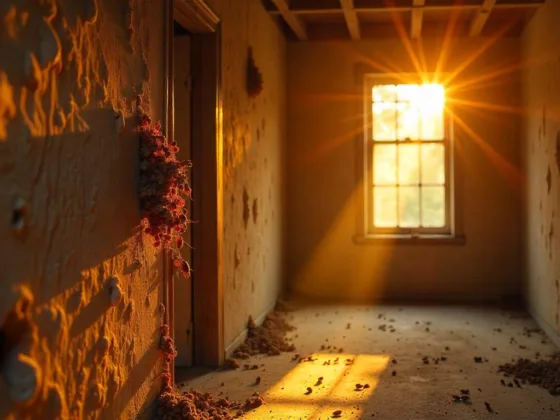Introduction
Waterproofing membranes are the unsung heroes of modern construction, ensuring that moisture doesn’t compromise the structural integrity of buildings and infrastructure. Acting as a protective layer, these membranes safeguard against water infiltration that can lead to mold growth, corrosion, and material deterioration.
Whether used in homes, commercial spaces, or large-scale civil engineering projects, the importance of waterproofing cannot be overstated. This guide dives deep into the world of waterproofing membranes, exploring their types, uses, and methods to ensure your structures remain durable and safe.
Types of Waterproofing Membranes
Waterproofing membranes come in various forms, each tailored for specific environments and requirements. Here’s a detailed look at the most common types:
1. Sheet-Based Membranes
These are pre-formed membranes available in rolls, designed for precise and uniform application.
- Features and Advantages:
- Offer consistent thickness, reducing the risk of weak spots.
- High resistance to tearing, punctures, and UV rays.
- Can be mechanically fastened, adhered, or loosely laid depending on the application.
- Common Applications:
- Popular in roofing, foundation waterproofing, and underground structures where durability is paramount.
- Examples include PVC and TPO (Thermoplastic Polyolefin) membranes.
2. Liquid-Applied Membranes
Liquid-applied membranes are versatile, forming a seamless, monolithic barrier when cured.
- Types:
- Solvent-Based: Highly durable and ideal for industrial settings but may emit strong odors during application.
- Water-Based: Eco-friendly, safer for enclosed spaces, and suitable for sensitive environments.
- Pros and Cons:
- The seamless application ensures no joints or overlaps, reducing weak points.
- However, curing times depend on environmental conditions, requiring careful planning.
3. Cementitious Waterproofing Membranes
Cementitious membranes combine cement with waterproofing additives for a rigid, protective layer.
- Characteristics:
- Highly resistant to weather, abrasion, and water pressure.
- Easy to apply with a brush, roller, or spray.
- Ideal Uses:
- Bathrooms, swimming pools, water tanks, and underground parking structures.
4. Bituminous Membranes
Derived from asphalt, these membranes are widely used for their exceptional water resistance.
- Modified Bitumen: Includes SBS (Styrene-Butadiene-Styrene) for flexibility and APP (Atactic Polypropylene) for enhanced heat resistance.
- Self-Adhesive Sheets: Offer simplified applications, making them a favorite for DIY projects.
5. Polyurethane Waterproofing Membranes
Polyurethane membranes are prized for their elasticity and resistance to extreme conditions.
- Strengths:
- Can bridge cracks and accommodate structural movements.
- Excellent for areas exposed to heavy traffic or vibrations.
- Limitations:
- Sensitive to moisture during application, which may compromise adhesion.
6. EPDM Membranes
EPDM (Ethylene Propylene Diene Monomer) is a synthetic rubber membrane known for its resilience.
- Why It’s Popular:
- Offers outstanding resistance to UV rays, ozone, and extreme temperatures.
- Lightweight and easy to install.
- Durability:
- Can last over 30 years with minimal maintenance, making it a cost-effective choice for roofing.
Key Factors to Consider When Choosing a Waterproofing Membrane
Selecting the right waterproofing membrane involves assessing several factors:
- Environmental Conditions
- Structures in hot climates require UV-resistant membranes, while cold regions benefit from flexible materials that won’t crack under low temperatures.
- Type of Structure
- Foundations, roofs, and wet areas like bathrooms demand specific membrane properties.
- Underground structures often require high-pressure resistance to combat hydrostatic forces.
- Ease of Installation
- For small projects, self-adhering or spray-on membranes are convenient, while large-scale projects may benefit from professionally installed sheet-based options.
- Durability and Maintenance
- High-traffic areas, such as parking decks, require tough membranes with minimal maintenance needs.
- Cost vs. Performance
- Balancing upfront costs with long-term benefits is crucial. Investing in high-quality membranes can reduce future repair and replacement expenses.
Applications of Waterproofing Membranes
1. Roofing Systems
Roofs are among the most exposed parts of any structure, making waterproofing essential.
- Flat Roofs: Often prone to pooling water, these require membranes like EPDM, TPO, or PVC for effective drainage and protection.
- Sloped Roofs: Bituminous membranes are commonly used, offering both water resistance and durability against environmental elements.
2. Basement and Foundation Waterproofing
Basements and foundations are vulnerable to groundwater seepage.
- Protective Measures:
- Apply a combination of sheet-based and liquid-applied membranes for optimal protection.
- Ensure membranes extend vertically to protect walls from lateral water movement.
3. Wet Areas in Buildings
Areas constantly exposed to water, such as bathrooms, kitchens, and pools, require robust waterproofing.
- Preferred Membranes: Cementitious and liquid-applied membranes provide seamless protection.
4. Bridges and Elevated Structures
Bridges face unique challenges, including stress from dynamic loads and exposure to harsh weather.
- Solutions: Polyurethane and bituminous membranes excel in these environments due to their flexibility and resistance.
5. Tunnels and Underground Construction
Tunnels are subject to immense hydrostatic pressure and soil movement.
- Techniques: Use flexible, durable membranes like EPDM to accommodate structural shifts while ensuring water resistance.
6. Water Retention Structures
Dams, reservoirs, and canals demand high-performance membranes that ensure no water leakage.
- Durability: Bituminous and polyurethane membranes are ideal for long-term water retention.
Installation Methods for Waterproofing Membranes
1. Pre-Application Preparation
- Remove dirt, oil, and debris from the surface.
- Apply primers or sealants to fill cracks and ensure adhesion.
2. Installation Techniques
- Torch-On Application: Requires skilled labor to heat and bond membranes securely.
- Cold Adhesive Application: Suitable for temperature-sensitive environments.
- Self-Adhering Membranes: Perfect for small-scale or DIY projects.
- Spray-On Membranes: Ideal for irregular surfaces where sheet membranes are difficult to apply.
3. Post-Application Care
- Inspect the membrane for any air bubbles, wrinkles, or weak spots.
- Perform regular maintenance to extend the membrane’s lifespan.
Common Issues with Waterproofing Membranes and Solutions
- Leaks and Water Intrusion
- Solution: Reapply membranes or use patch kits for localized damage.
- Improper Adhesion
- Solution: Ensure surfaces are clean and adequately primed before application.
- Wear and Tear Over Time
- Solution: Schedule routine inspections to catch damage early.
- Compatibility Issues with Other Materials
- Solution: Consult product specifications to ensure compatibility.
Innovations in Waterproofing Membranes
- Smart Waterproofing Solutions
- Incorporate self-healing polymers that repair minor cracks automatically, reducing maintenance costs.
- Eco-Friendly Waterproofing Materials
- Use biodegradable and recyclable materials to minimize environmental impact.
- Advancements in Installation Technologies
- Robotic systems and precision tools improve accuracy and efficiency during membrane installation.
Cost Analysis of Waterproofing Membranes
- Material Costs: Bituminous membranes are budget-friendly, while EPDM and polyurethane options are more premium.
- Labor Costs: DIY installations can reduce costs, but professional services ensure quality.
- Lifecycle Costs: Investing in durable membranes saves money in the long run by reducing maintenance and replacement needs.
Key Takeaways
- Waterproofing membranes are indispensable for protecting structures from moisture damage.
- Each type of membrane offers unique benefits tailored to specific applications.
- Proper selection, installation, and maintenance are essential to maximize effectiveness and longevity.
FAQs
EPDM is a popular choice for its durability and UV resistance.
Most membranes are single-use, but recycling options exist for certain materials.
Conduct regular inspections, clean the surface, and promptly repair any damage.
Sheet-based membranes are pre-formed, while liquid-applied membranes are cured on-site to form a seamless layer.
